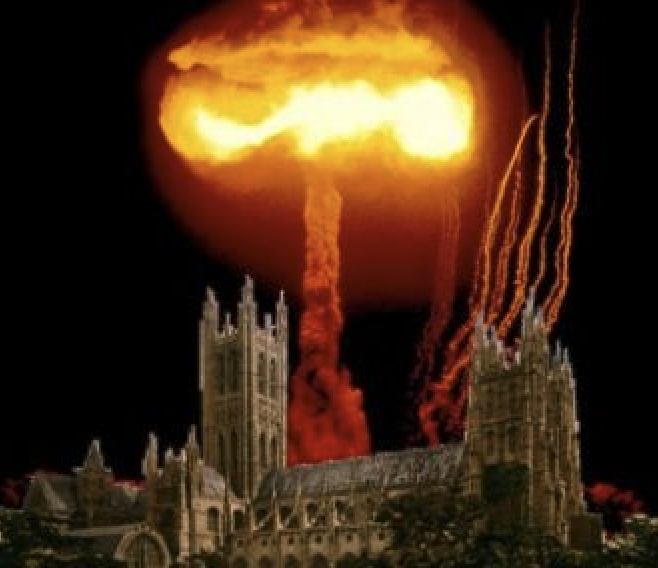Popes rarely, in my experience, produce the kinds of five-star news soundbites that go viral.
However, Pope Francis has used striking language when addressing one of the hot-button issues of this or any other age — abortion. That was one of several topics woven into this week’s “Crossroads” podcast (CLICK HERE to tune that in), which focused on another elite-media political feature about President Joe Biden’s “devout” approach to practicing the Catholic faith.
Here is that New York Times headline: “Biden Is an Uneasy Champion on Abortion. Can He Lead the Fight in Post-Roe America?” The sub-head is just as provocative: “A practicing Catholic, President Biden has long sought a middle ground on abortion. But activists see the decision to overturn Roe v. Wade as a sign that Democrats have tiptoed too carefully around the issue.”
Back to Pope Francis. Some of his abortion bytes have even made it into news reports. Does anyone remember this one, offering “hitman” imagery he has used many times (even adding Mafia imagery):
Abortion is more than an issue. Abortion is murder. Abortion, without hinting: whoever performs an abortion kills. … It’s a human life, period. This human life must be respected. This principle is so clear. And to those who can’t understand it I would ask two questions: Is it right, is it fair, to kill a human life to solve a problem? Scientifically it is a human life. Second question: Is it right to hire a hitman to solve a problem?
How about this one?
When I was a boy, the teacher was teaching us history and told us what the Spartans did when a baby was born with deformities: they carried it up the mountain and cast it down, to maintain “the purity of the race.” … Today we do the same thing. Have you ever wondered why you do not see many dwarfs on the streets? Because the protocol of many doctors — many, not all — is to ask the question: “Will it have problems?” It pains me to say this. In the last century the entire world was scandalized over what the Nazis were doing to maintain the purity of the race. Today we do the same thing, but with white gloves.
“White gloves.” Yes, there are many other Francis quotes along these lines. Of course, the pope has also angered Catholic conservatives with words and deeds that seem to downplay church teachings on abortion, especially in high-profile contacts with powerful Catholic politicians.
In other words — President Biden. This brings us to the content of that Times political-desk feature.









